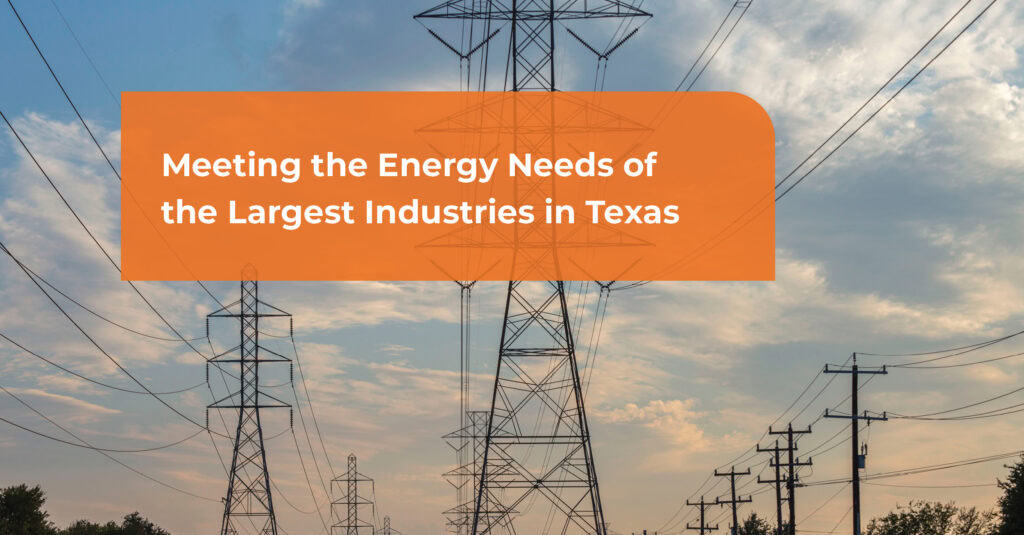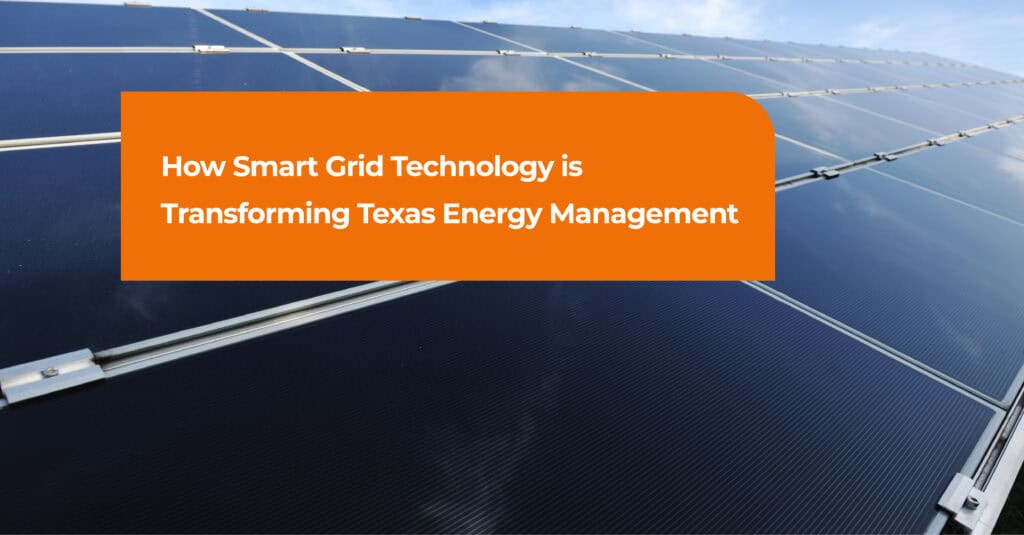
Power System Evolution – How Ireland Is Leading The Way
The 14th of March 2018 was a record-breaking day in terms of all-island wind generation. Wind generation peaked at 3,655MW representing 65% of total electricity generation at the time. This demonstrates that the Irish power system is now capable of secure and reliable operation at world-leading levels of non-synchronous renewable generation. This is a massive achievement considering the first-time wind generation in Ireland broke the 1,000-MW output mark was in October 2009.
Previously, EirGrid could not operate the grid with more than 60% of power being delivered from non-synchronous renewable energy sources. This increase effectively puts Ireland on track to meet our EU commitment of supplying 40% of Ireland’s electricity from renewable sources by 2020. In time the greatest benefit will be seen by end users through reductions in their electricity bills.
The reason this is such a significant milestone is the Irish power system now has the highest level of variable non-synchronous renewable electricity integration in the world. It is necessary to put this statement into context, so we can fully appreciate what EirGrid and Ireland have achieved.
Take Norway and Denmark for example which have much higher levels of renewable penetration on their power systems, when compared to Ireland, it is easy to say Norway and Denmark can operate with so much renewable energy why doesn’t Ireland just increase the amount of wind on the grid? When you look at the way in which these power systems work you quickly realise why they can operate at such high levels of renewable penetration.
In Norway 98% of electricity is generated by hydro-electric power. Fortunately for Norway, hydro-electric power generation has similar characteristics to conventional fossil fuel electricity generation. This source of power can be plugged directly into the power grid. Denmark, like Ireland, leverages its wind resources for renewable electricity generation. On the face of it, Denmark is ahead of Ireland with 44% of its electricity generation in 2017 coming from renewable sources versus Ireland’s 25%. However, these figures do not tell the whole story. Denmark is a very small portion of the European electricity system. At times of high wind Denmark can rely on neighbouring countries to provide system inertia from conventional generation. Denmark also exports surplus electricity from wind to neighbouring markets allowing it to keep a minimum amount of conventional generation online. Due to level of interconnectivity in Denmark’s power system and its ability to sustain conventional generation the system can easily operate with higher levels of wind generation without the same issues as an island system.
A statistical analysis of wind production in the EU.
By contrast Ireland has low levels of interconnectivity with neighbouring power systems – less than 15% of system capacity is interconnected with the UK. In addition, this connection is a direct current or DC connection which prevents Ireland from leveraging inertia from the UK power system. For Ireland to achieve its 2020 EU commitments, wind generated electricity must displace conventional fossil fuel generation – and therein lies the challenge. Displacing conventional generation leads to a scarcity of inertia and reactive power which the power system needs to be stable. This is why secure and reliable operation of the power system at up to 65% renewable energy from variable non-synchronous sources is such a significant achievement.
To combat the shortfall in system services at times of high wind EirGrid in conjunction with CRU have designed a world first market to incentivise stabilising services linked to high levels of non-synchronous renewable generation. This has resulted in a shift in the current generation fleet such as reducing minimum generation to give room for more renewables while still providing stabilising services to the grid. This new market has also opened opportunities for new technologies such as batteries and DSUs to participate in stabilising the grid at such high levels of renewables. The delivery of these services are vital to the Irish power system if it is to transition to 75% renewable energy from variable sources by 2020.
As the power system evolves it will require deeper levels of demand-side support to achieve its targets. The team at Electricity Exchange is here to help you become part of the Irish renewable electricity success story.


